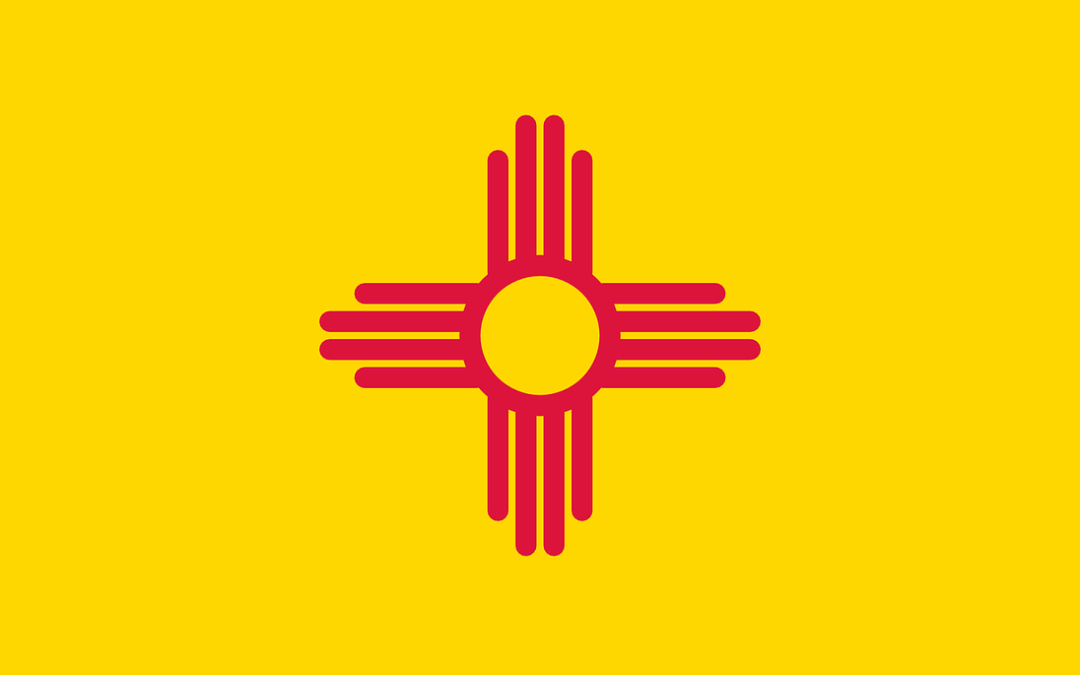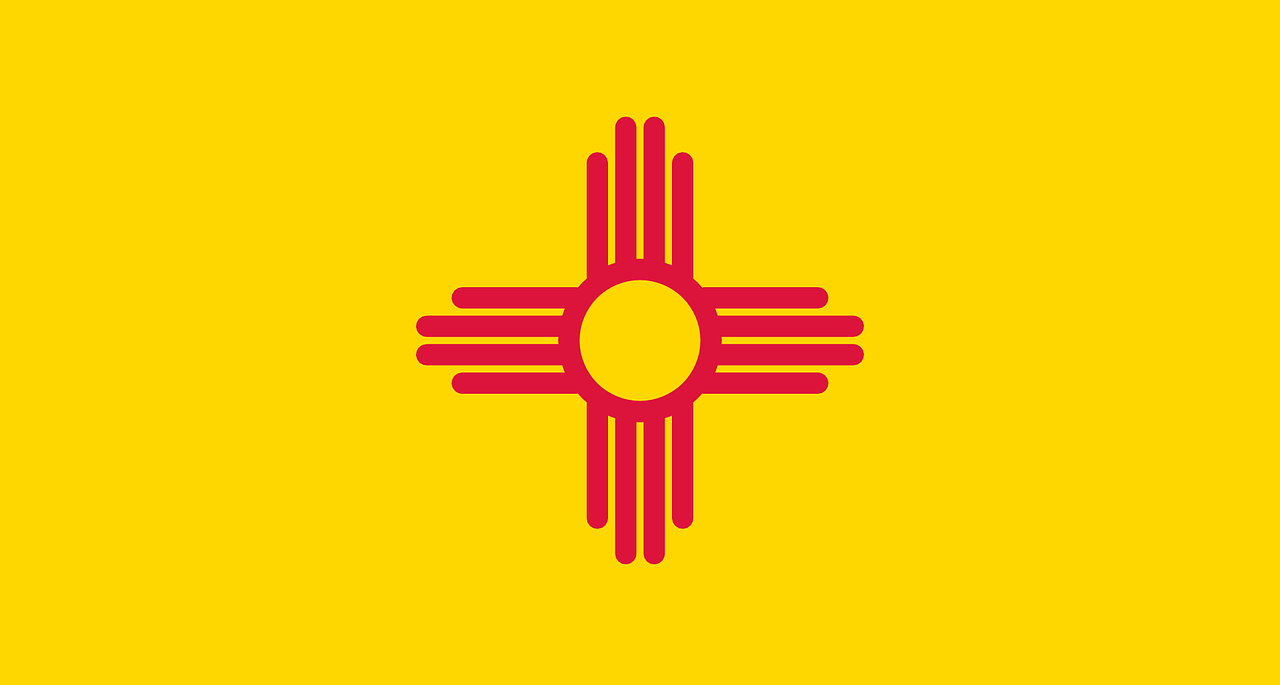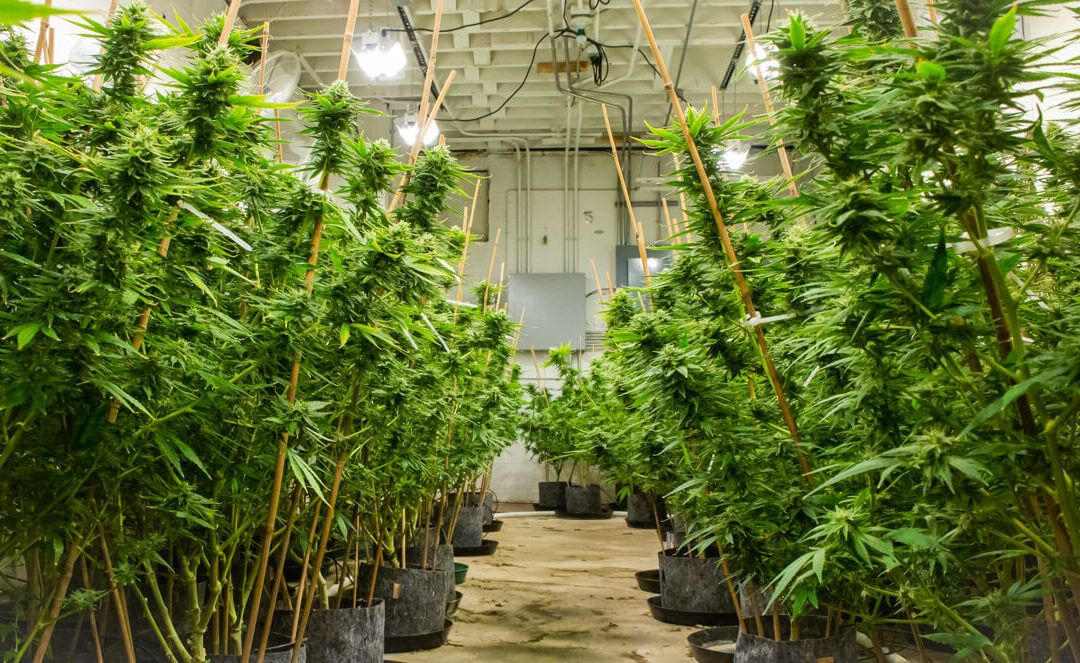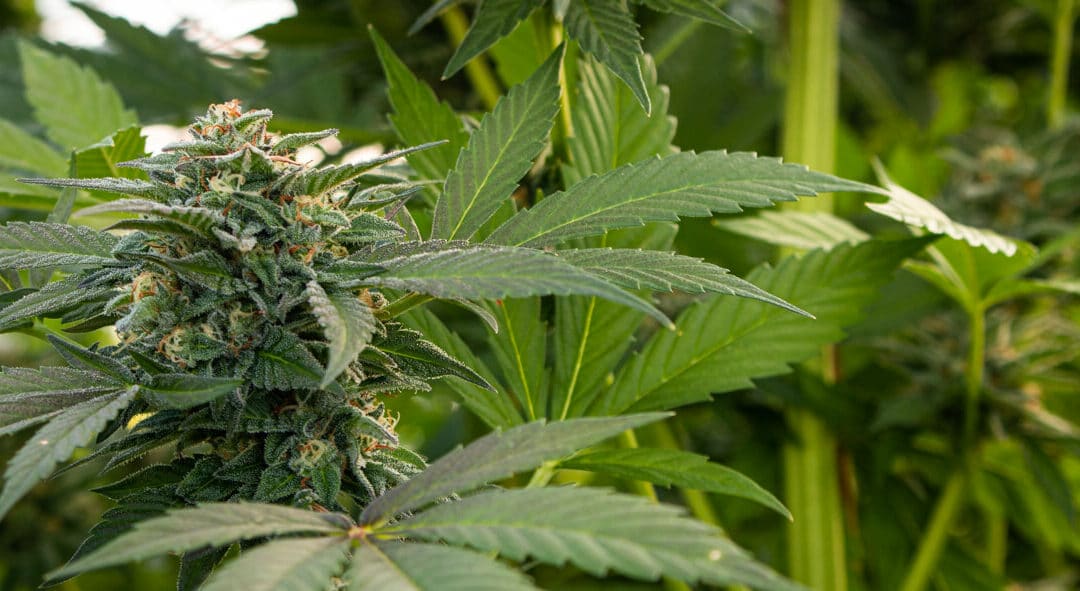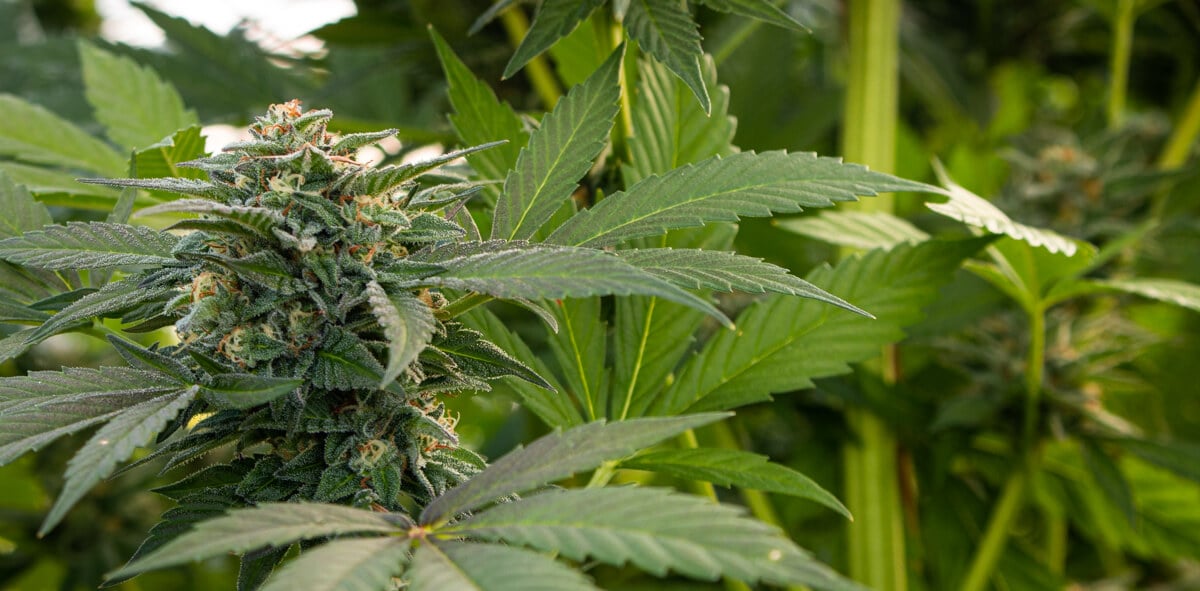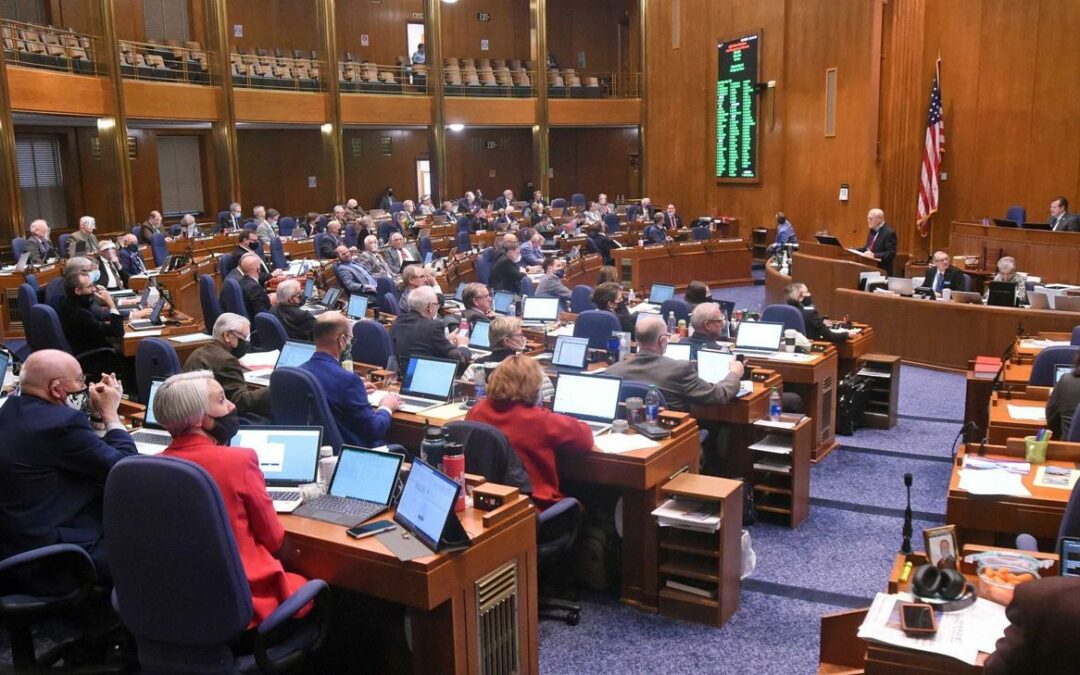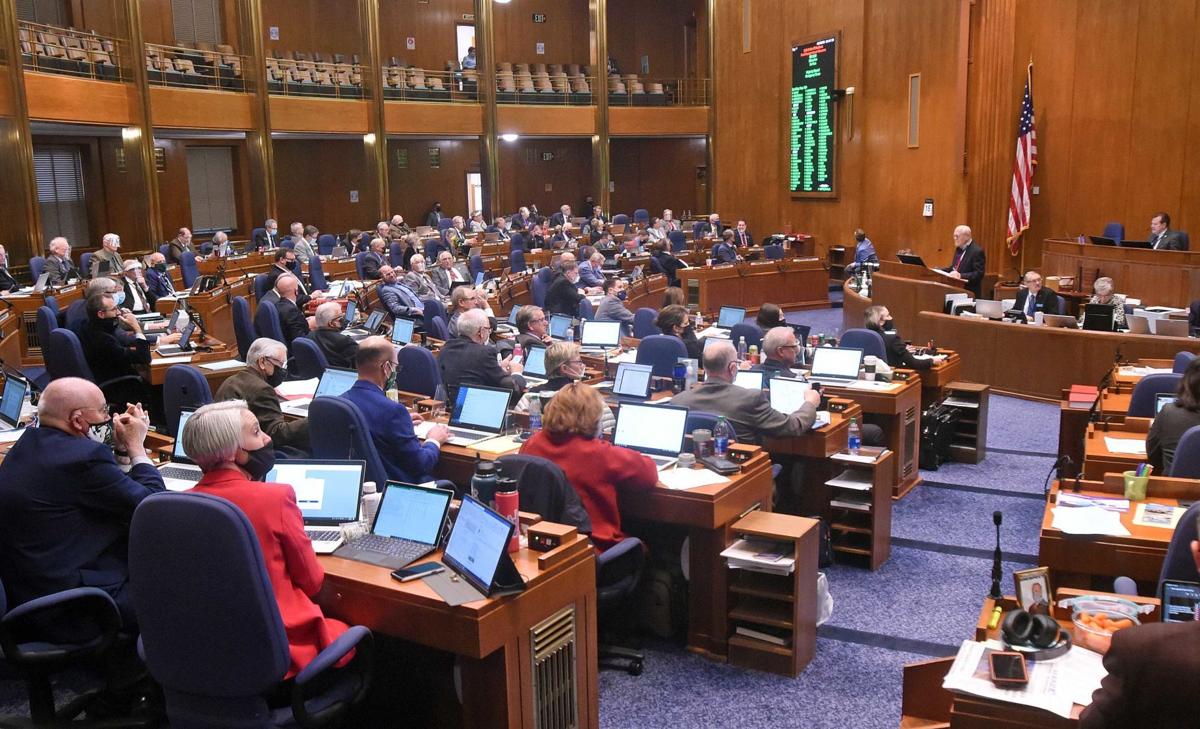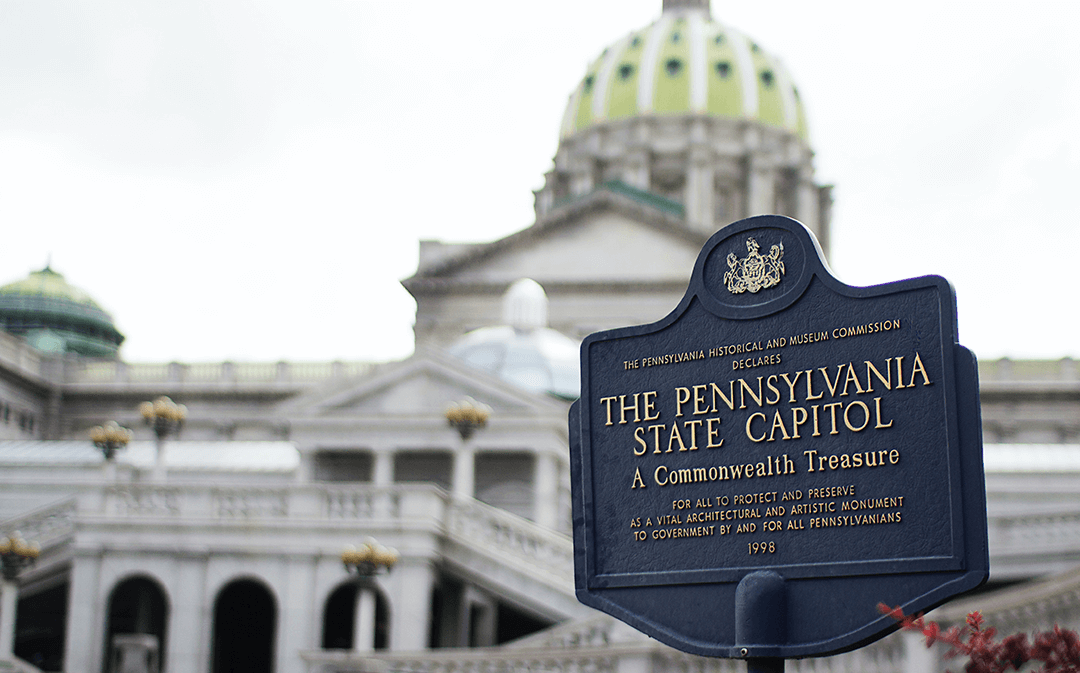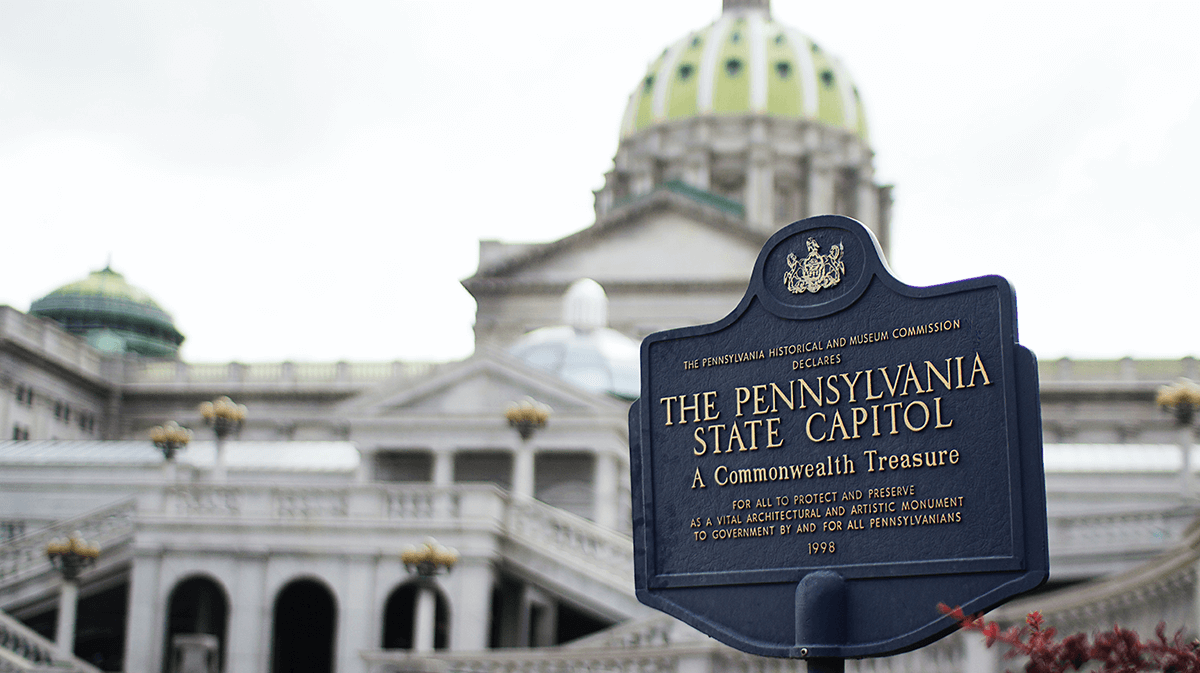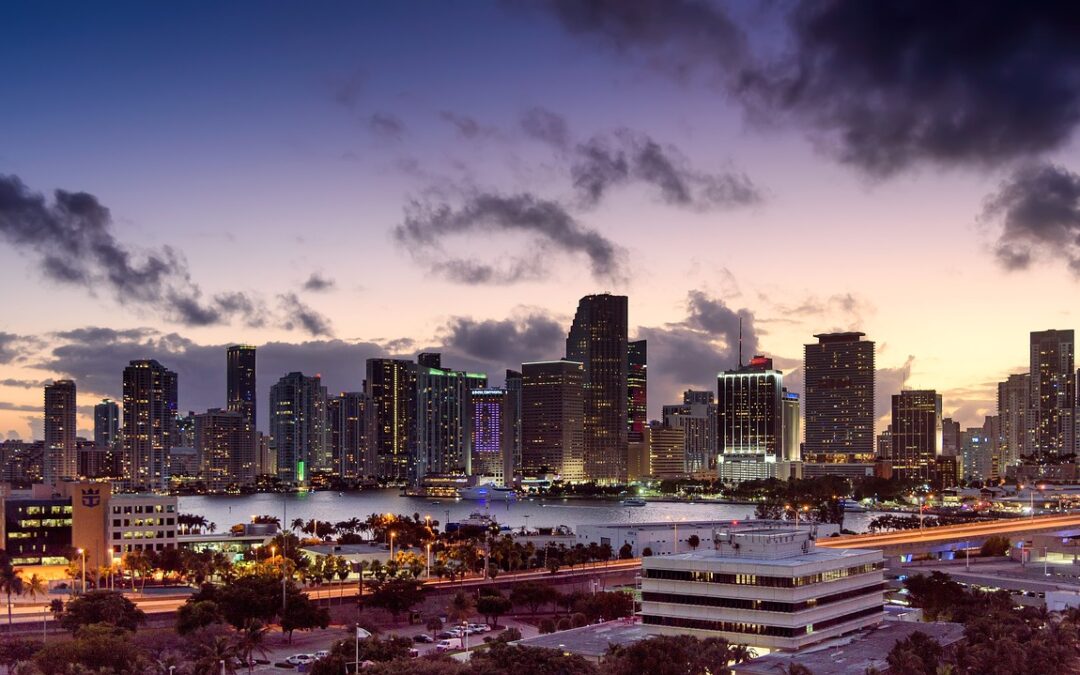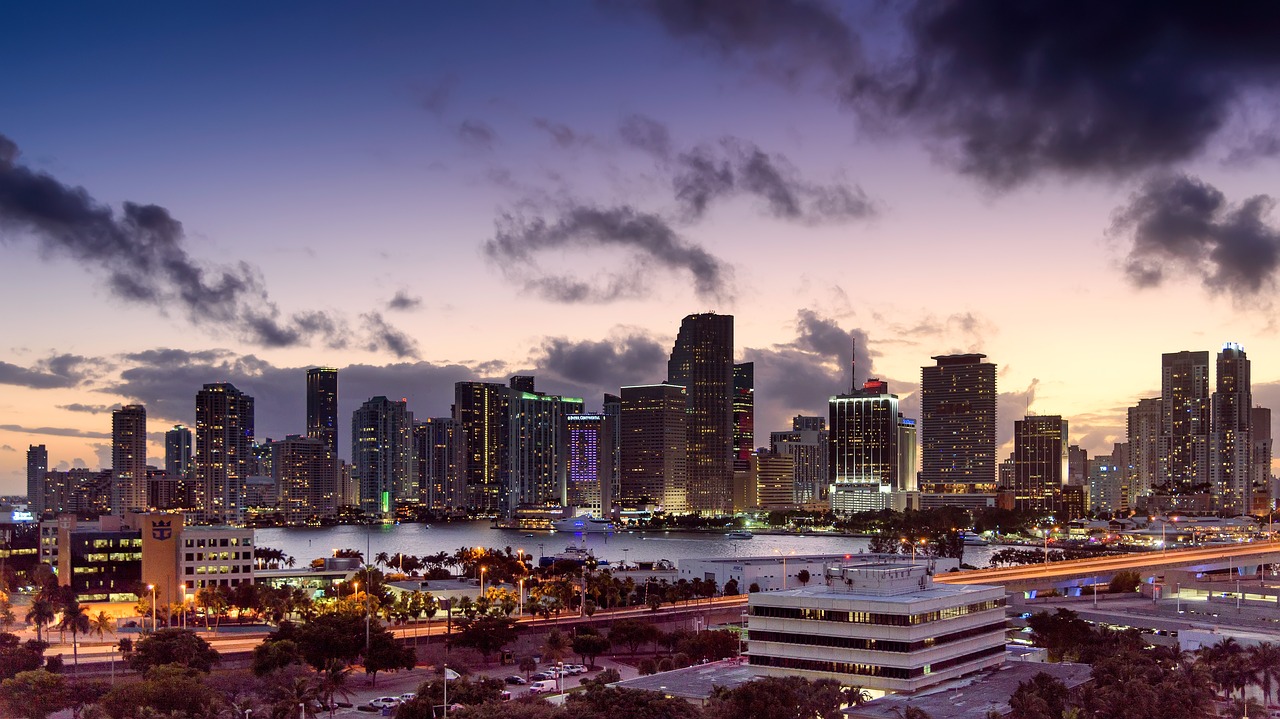Reasons for disparities
A problem that was found in just about every state that vastly underproduced hemp had to do with the licensing processes and fees. In Arizona, no matter how many acres a hemp farmer is planning to use, they pay the same $1,000 fee. If one farmer only has 10 acres, and another has 2,000 they pay the same exact fee.
This led to many traditional row crop farmers with a lot of land to claim all of it for hemp, despite only using a fraction of the land to actually produce hemp. In other words, a large scale farmer that claimed 5,000 acres for hemp production, may only use 50 acres to grow hemp while the rest is kept for traditional crops, leading to large discrepancies in the data collection for the state.
Additionally, Arizona state inspection fees for collecting samples include a $25 per acre fee up to the first 100 acres, and then $5 an acre beyond that. Brian McGrew, the industrial hemp program manager in Arizona says that several other factors also figure into acres planted, including weather trends during growing seasons.
“There were a lot of things that did impact 2020,” McGrew says. “It actually is probably the hottest and driest year we had on record. So that really did affect not only with hemp but a lot of other industries dealing with that.” For other states, licensing was also an inhibitor.
Hemp industry licensing problems
Minnesota hemp growers planted roughly 4,700 acres, or 56% of the projected 8,400 acres that were licensed, according to Anthony Cortilet, the state’s industrial hemp program supervisor. During the licensing process, Minnesota registers farmers by the number of individual grow locations, no matter how big or small, he says. The fee is $400 for the hemp grower license at one location, and $250 for each additional grow location.
The $400 licensing fee includes the delta-9 tetrahydrocannabinol (THC) sampling and testing of one variety of hemp, but the department of agriculture collects $125 for each additional variety a grower cultivates in his or her field, which goes toward paying the laboratory costs, Cortilet says.
In Tennessee, hemp growers planted 4,836 acres in 2020, or 30.8% of the 15,722 acres that were licensed. The state department of agriculture has a staggered licensing fee system, like Minnesota, but the differences in costs are minimized to $50 increments: 5 acres or fewer is $250; between 5 and 20 acres is $300; and 20-plus acres is $350.
Each state’s hemp industry spokespeople have their reasons for the disparities, mainly that farmers and growers have different business plans and business models, while others simply underestimate the cost of hemp production, but don’t realize the costs until they have already paid for the land use.

